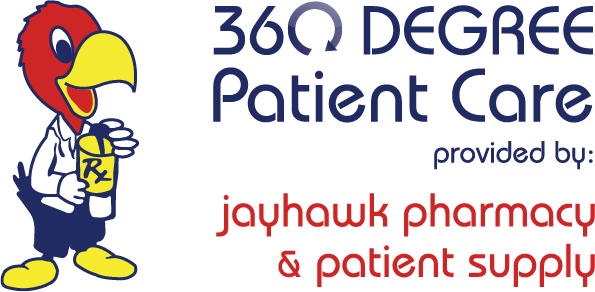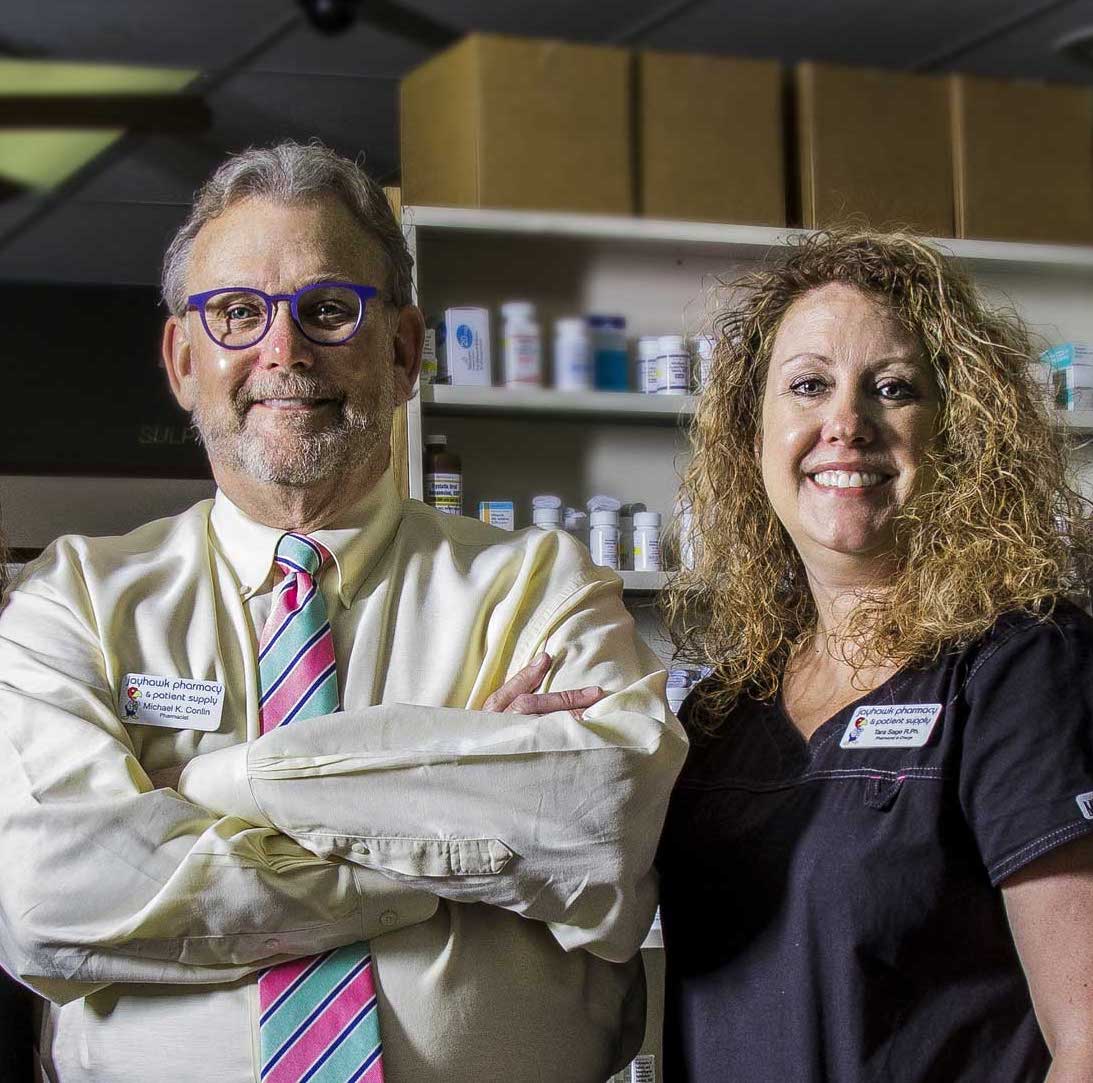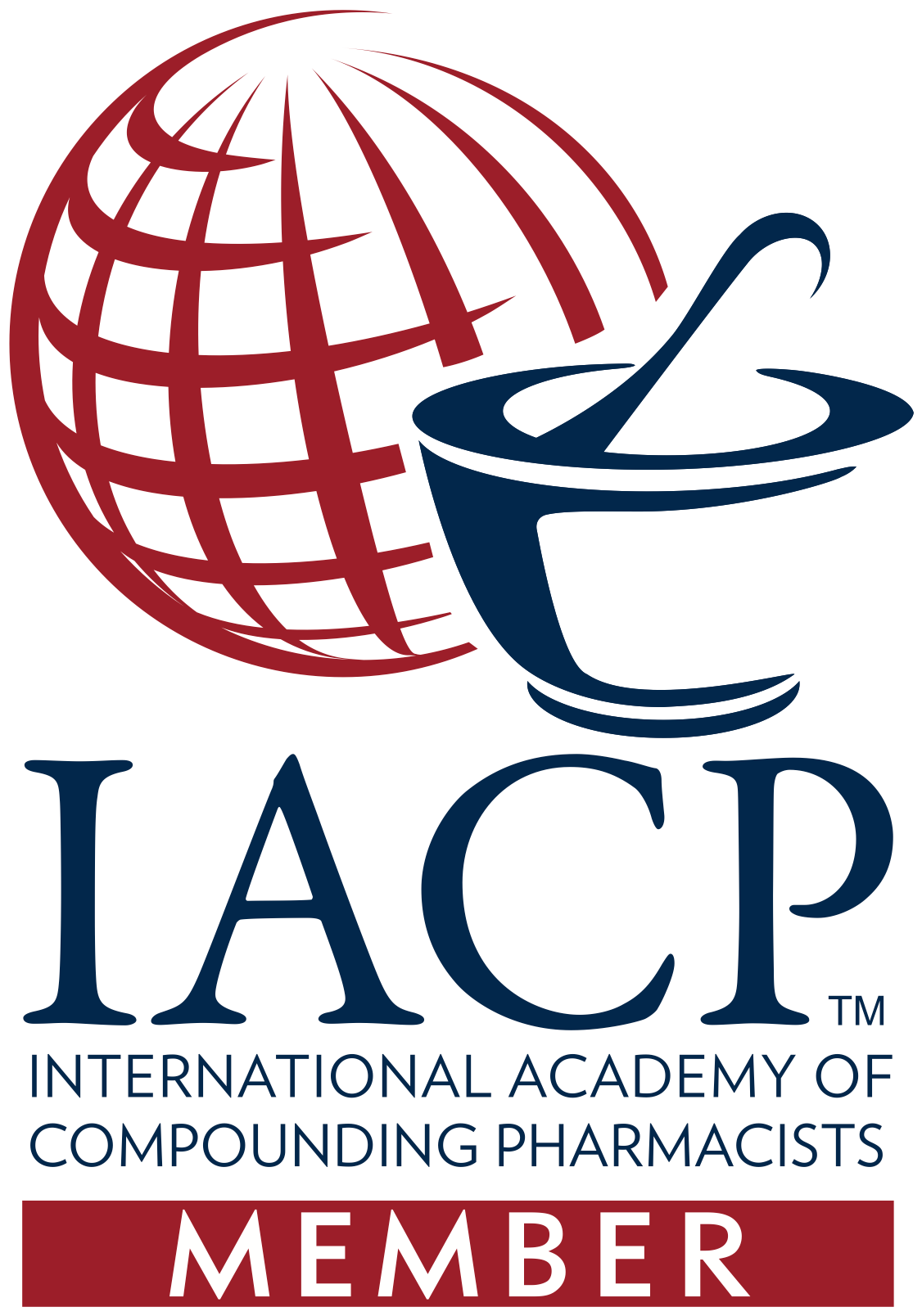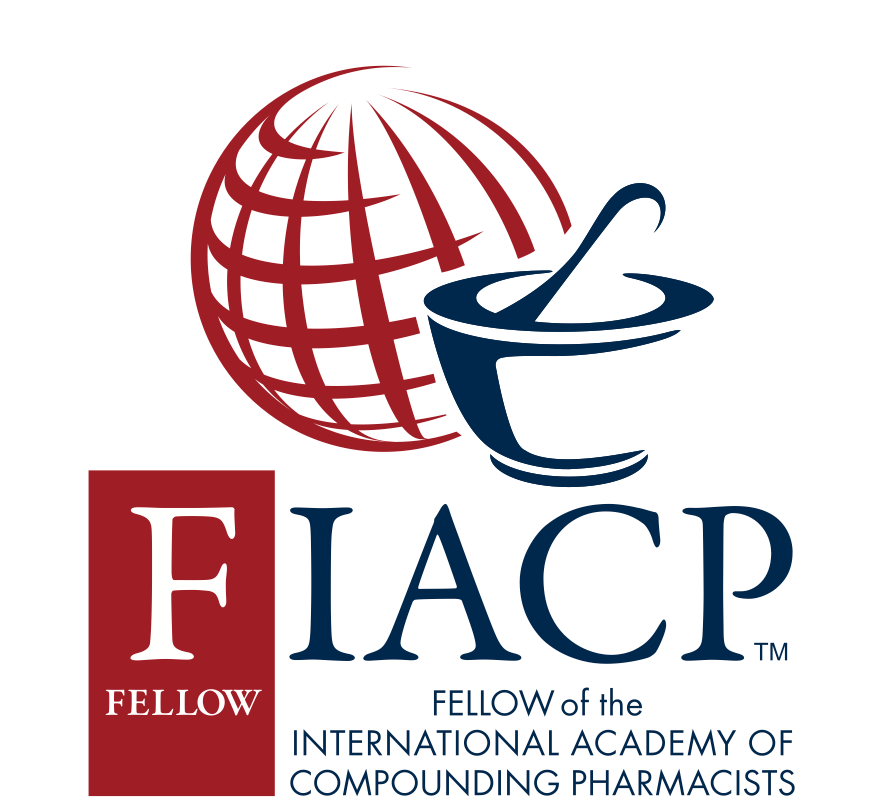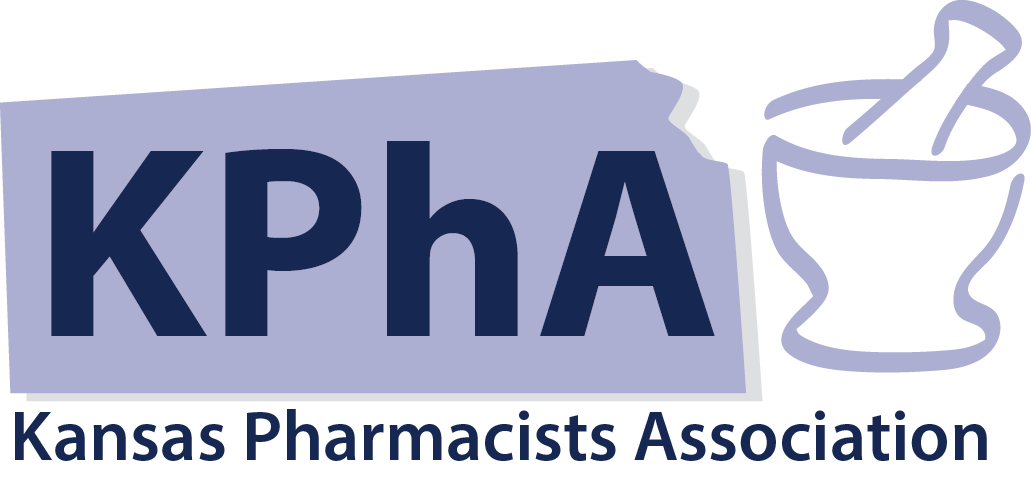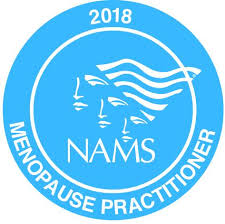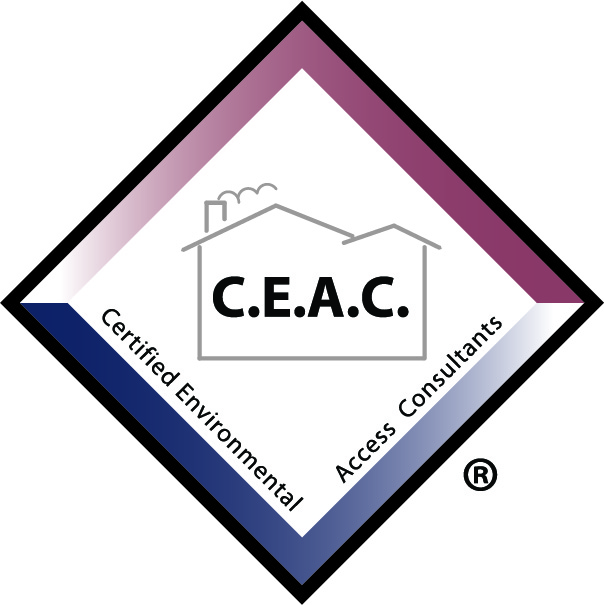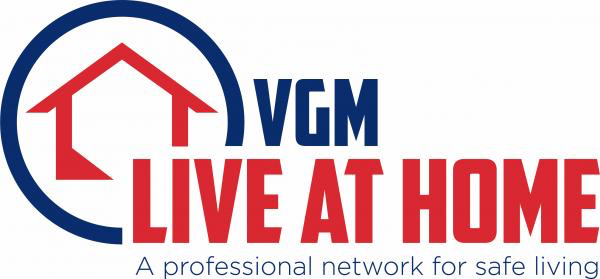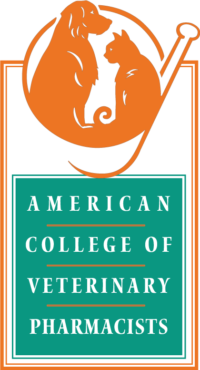Experts in the field of wound care
When you need wound care, you learn quickly that it's more than just about bandages. The skin is the body’s largest organ, and its primary function is to protect us from bacterial and viral pathogens, ultraviolet radiation, water, and mechanical and chemical assaults. The skin plays a vital role in our life and serves many complex functions. It’s important for us to know how wounds heal to pinpoint why a wound won’t heal.
At Jayhawk Patient Supply our in-house wound care specialist Paige Conlin is there to guide you. We offer a complete array of products and services for wound care and several important advantages for you:
- we are the local supplier which saves you time and hassle
- we guide you how to properly care for your wound at home
- we do the research on hard-to-find specialty items
- we stay current with the most innovative wound care modalities
About the growing need for wound care
Growing elderly population: The growth rate of the over-65 age group for the next 20 years is nearly triple that of the under-65 age group. As we age, our skin is more susceptible to skin breakdown.
Escalating costs across all health care settings: In addition to the increase in the elderly population, there is another factor that brings wound care to the forefront—escalating costs. More than 10 million Americans, mostly elderly, suffer from slow-healing or non-healing chronic wounds.
The growth of diabetes: One of the major contributing factors to the continued growth of non-healing chronic wounds is the increased prevalence of diabetes. More than 29 million Americans have diabetes, and 1 in 4 doesn’t know it. Another 86 million adults—more than one in three U.S. adults—have pre-diabetes, where their blood sugar levels are higher than normal but not high enough to be classified as type 2 diabetes. Compounding the problem is the reinfection rate: some wound care experts estimate that 70 percent of all chronic wounds eventually re-open.
